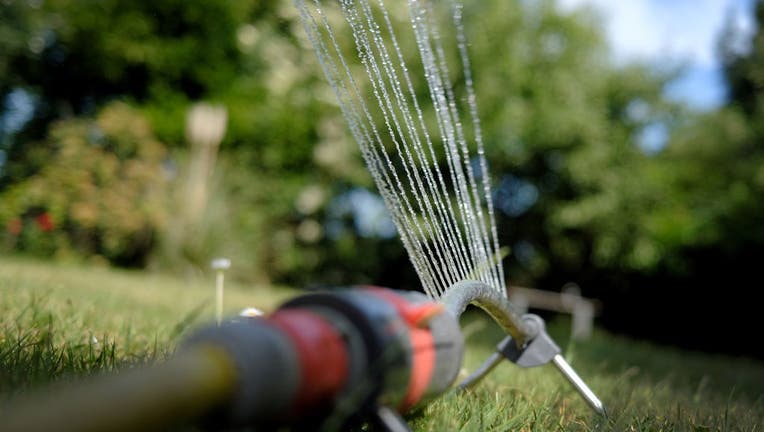California calls for more local water conservation

FILE ART (Photo by Martin Gerten/picture alliance via Getty Images)
SACRAMENTO, Calif. - Californians will be asked to further cut back on their water use, state officials said this week as they warned water scarcity will shape the future of the drought-stricken state.
But those cut backs would come from cities and local water districts, not the state, with members of Gov. Gavin Newsom’s administration saying allowing local retailers to set conservation needs is the best approach in a state of nearly 40 million people where water needs vary.
"We live in a state that has many different hydrological zones, many different water usage scenarios and that one size fits all doesn’t really work in California," said Jared Blumenfeld, secretary of the California Environmental Protection Agency.
Blumenfeld spoke to reporters after Newsom, a Democrat, issued an executive order outlining new actions aimed to reducing water use on the heels of a historically dry January through March. The governor has previously called on all Californians to reduce their water use by 15% compared to 2020, but it’s not a mandate and so far total savings sit at 6%.
Like much of the U.S. West, California is experiencing severe or extreme drought across most of its land. Though it rained Monday on both ends of the state, state officials offered a sobering assessment of the state’s water picture.
"How we protect this precious resource has to be baked into everything we do," Blumenfeld said. "Our lives here in California are really going to be shaped by water scarcity going forward."
Roughly 385 cities and other local water districts have to submit drought response plans to the state detailing six levels of conservation actions based on water scarcity. As less water becomes available, the local water districts adopt more aggressive controls that establish how and when people can use water. Those suppliers serve more than 36 million people, or more than 90% of the state’s residents.
Newsom’s executive order directs the State Water Resources Control Board to consider requiring those local suppliers to move to the second step of their conservation plans, which assumes water scarcity of 20%. About 140 cities and retailers are already operating at that level.
Level two restrictions vary based on the local district’s needs, but typically restrict when people can use water for outdoor purposes or include incentives for people to install more efficient appliances or landscapes. In Sacramento, for example, level two limits watering of public spaces like parks and cemeteries, orders people to turn off decorative water features like fountains and increases patrols for waters. The Los Angeles Department of Water and Power would restrict outdoor watering, increase outreach to heavy water users and provide more rebates and incentives for water conservation.
"As important as conservation is to preserving our precious water supplies, we must emphasize that conservation cannot be our only response to the ‘boom and bust’ water cycles that are intensifying with climate change," said Jim Peifer of the Regional Water Authority, an organization representing 20 water suppliers in the Sacramento area, in a statement.
He said the state needs to modernize it’s water system, including by storing more supply in underground water banks.
Newsom’s executive order also asks the state water board to consider a ban on watering of grass that is used purely for ornamental purposes, such as grass on highway medians or in office parking lots. Green spaces such as baseball fields or parks likely wouldn’t be affected. Banning watering of such grass could save an amount of water annually equivalent to what’s used by more than half a million homes, Newsom’s office said in a press release.
The state water board has until May 25 to consider the actions Newsom outlined.
Beyond limiting outdoor watering and urging more conservation, the order puts in place permitting rules for new wells to ensure they don’t overdraft groundwater that people rely on for drinking. It also eases the processes for permitting groundwater recharge projects and protecting fish and wildlife that suffer from drought including salmon. And he’s directed the state water board to boost inspections aimed at catching illegal water diversions.
In non-drought years, groundwater makes up about a third of the state’s water supply. But during droughts, when less water is available from mountain snowpack and state reservoirs, the state turns to groundwater for about two-thirds of its supply, said Wade Crowfoot, secretary of the California Natural Resources Agency.

